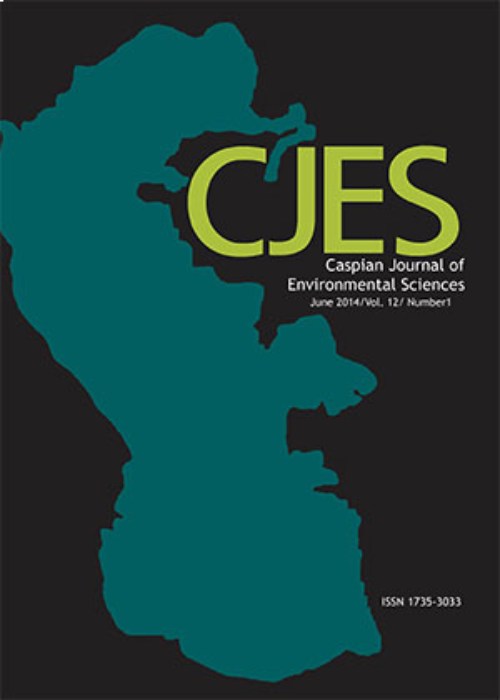Multicriteria evaluation of ancestral family agricultural systems, Chimborazo Province, Ecuador
Family farming units and their complex production systems provide the majority of global agricultural production. Aim of the study was to Characterize and evaluate each of the agricultural systems considering social, cultural, productive, and cosmic aspects. The study was carried out in several communities of Chimborazo - Ecuador, with four types of producers: Chacareros, who are references of the production systems; Producer in the process of transition to Chacarero; Conventional Producer and Subsistence Producer. In this study, several production, economic, technological, social, food security and biodiversity indicators were evaluated. It was established that the production systems of the Chacareros and producers in transition are more profitable and efficient than conventional and subsistence producers and are in better conditions to achieve food security. It was found that Chacareros and producers in transition are less vulnerable to the volatility of market prices and external factors. The Chacareros’ production systems generate positive externalities that are not incorporated in the characterization of the production systems. Additionally, their priorities are different from other producers: First they produce to feed the family and animals, to share and save, and the rest to market. This study fundamentally presented the interpretation of the development of the productive systems of peasant family agriculture in the highland region of Ecuador. In conclusion, The chacareros' production system was much more efficient than the conventional producers one since an average net profit per hectare of 6,150 USD was obtained and an average efficiency rate was 145%, while conventional producers obtained an average net profit per hectare of 1,749 USD and an average efficiency rate of 119%. Chacareros were less vulnerable to the volatility of input prices and food products in the markets. Over 70% of the food consumed and 90% of the inputs used came from the farm itself, compared to less than 50% of the food and inputs in the case of conventional producers.
- حق عضویت دریافتی صرف حمایت از نشریات عضو و نگهداری، تکمیل و توسعه مگیران میشود.
- پرداخت حق اشتراک و دانلود مقالات اجازه بازنشر آن در سایر رسانههای چاپی و دیجیتال را به کاربر نمیدهد.


